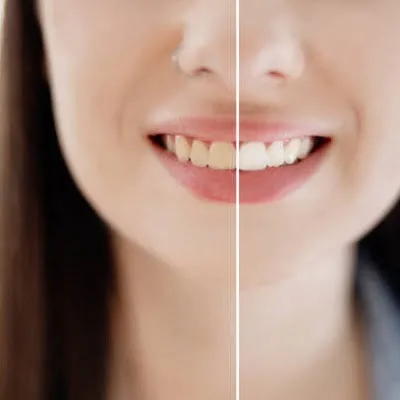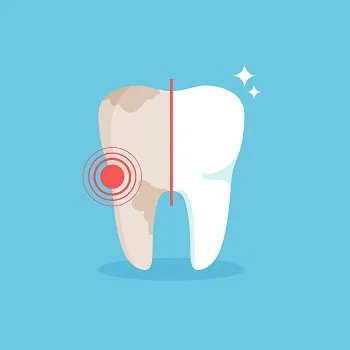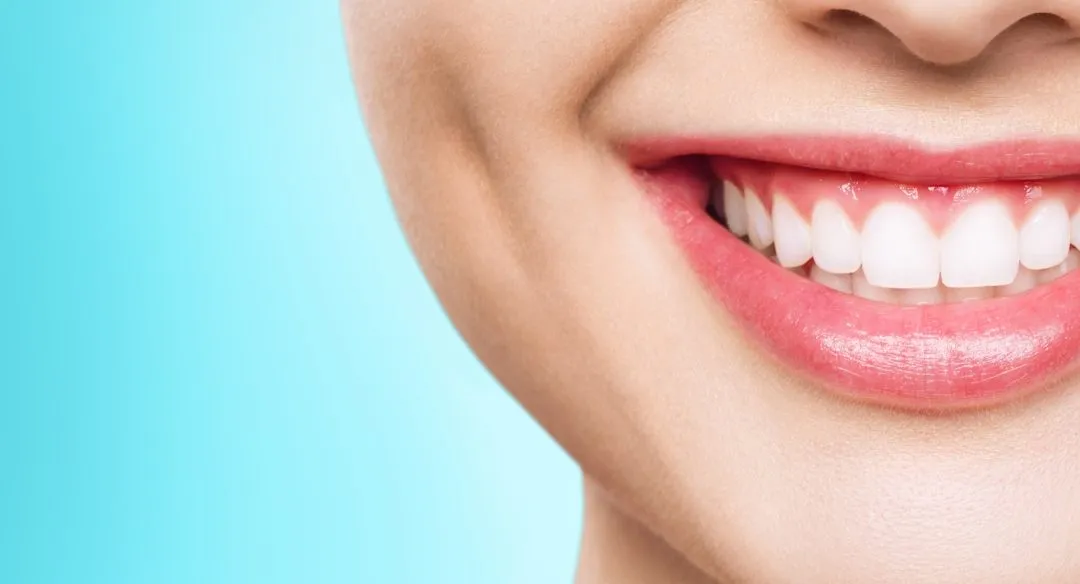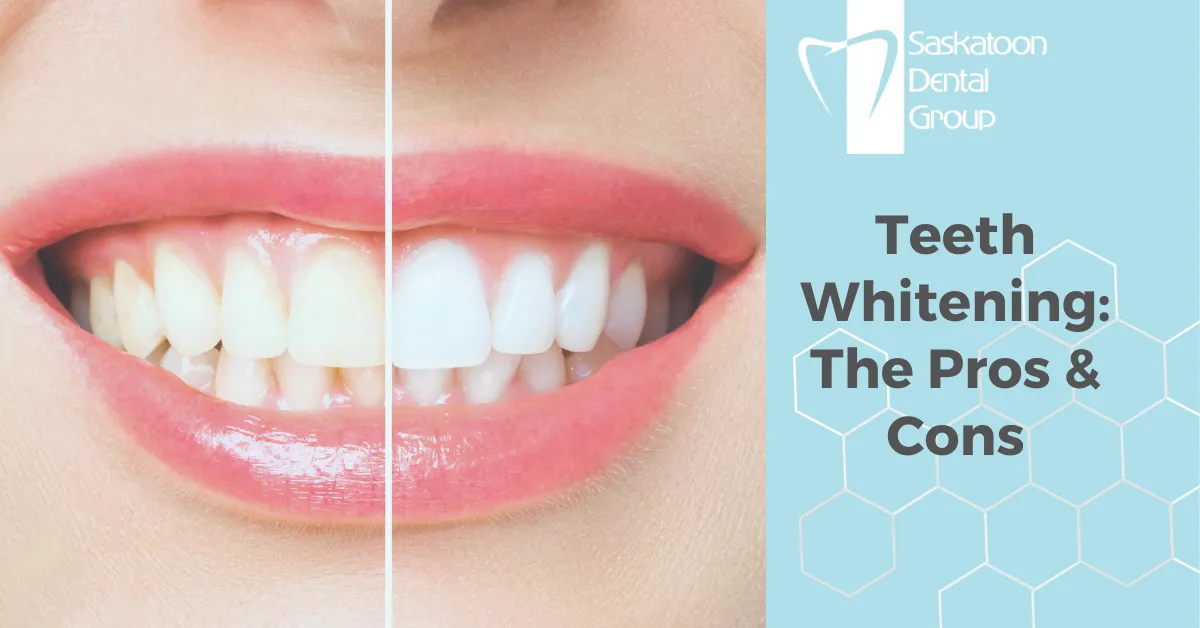The Allure of a Brighter Smile
In a world where appearances often play a significant role, the desire for a brighter, more attractive smile is widespread. Teeth whitening has emerged as a popular cosmetic procedure, promising to enhance smiles and boost self-esteem. But, like any cosmetic treatment, it’s crucial to understand both the advantages and disadvantages before taking the plunge. This guide explores the pros and cons of teeth whitening, presenting five key facts to help you make an informed decision.
The Benefits of Teeth Whitening
Teeth whitening offers several advantages that contribute to its popularity. A brighter smile can have a transformative effect, impacting both personal and professional spheres. Let’s delve into some of the most significant benefits.
Enhanced Confidence

One of the primary benefits of teeth whitening is the boost in self-confidence it provides. A visibly whiter smile can make you feel more attractive and self-assured. This newfound confidence can positively influence social interactions, career opportunities, and overall well-being. Smiling more freely and frequently can also improve your mood and the perception others have of you.
Improved Appearance
Beyond confidence, teeth whitening directly enhances your overall appearance. Stained or discolored teeth can make you look older or less healthy. Whitening treatments can reverse these effects, giving you a more youthful and vibrant look. A brighter smile complements your features and can make a significant difference in how you present yourself to the world. The process can remove stains from coffee, tea, and other foods, rejuvenating the teeth.
Potential Drawbacks of Teeth Whitening
While teeth whitening offers numerous benefits, it’s essential to be aware of the potential downsides. Understanding these drawbacks allows you to make a well-informed choice. Let’s consider some of the common issues associated with teeth whitening.
Tooth Sensitivity

One of the most frequently reported side effects of teeth whitening is tooth sensitivity. The bleaching agents used in whitening treatments can penetrate the enamel and reach the dentin, the layer beneath the enamel. This can irritate the nerves in your teeth, leading to sensitivity to hot or cold foods and drinks. This sensitivity is usually temporary, but it can be uncomfortable for some individuals. Using toothpaste designed for sensitive teeth can help alleviate the issue.
Gum Irritation
Another common side effect is gum irritation. The bleaching agents can sometimes come into contact with the gums, causing irritation, inflammation, and even blistering. This is more likely with at-home whitening kits if the trays do not fit properly. Professional whitening procedures often include protective measures to minimize gum contact and irritation. Proper application techniques and following the dentist’s instructions can help to reduce this risk. If you experience severe gum irritation, contact your dentist.
The Top 5 Teeth Whitening Facts
To truly understand teeth whitening, let’s explore five essential facts.
Fact 1 Whitening Can Improve Self-Esteem

As highlighted earlier, a brighter smile can significantly boost your self-esteem. The psychological impact of feeling good about your smile should not be underestimated. It can lead to increased social confidence, improved professional performance, and an overall better quality of life. Many people report feeling more approachable and confident after undergoing teeth whitening.
Fact 2 Different Methods for Teeth Whitening
There are several methods to whiten your teeth, including professional treatments at your dentist’s office and at-home options. Professional treatments often involve stronger bleaching agents and can produce faster, more dramatic results. At-home options include whitening strips, gels, and trays, providing a more convenient and cost-effective alternative. Choosing the right method depends on your individual needs, preferences, and budget. The dentist can guide you and suggest the best choice.
Fact 3 Whitening Doesn’t Last Forever
Teeth whitening results are not permanent. The longevity of the whitening effect varies based on your habits and lifestyle. Factors such as diet, smoking, and oral hygiene can affect how long your teeth stay white. Regular touch-up treatments may be necessary to maintain your desired shade. It is important to discuss maintenance plans with your dentist.
Fact 4 Some People May Experience Sensitivity

As previously mentioned, tooth sensitivity is a common side effect of teeth whitening. This can vary from mild discomfort to more significant sensitivity. The level of sensitivity depends on the individual and the method used. Using desensitizing toothpaste before, during, and after whitening can help reduce sensitivity. Your dentist may also recommend other desensitizing treatments.
Fact 5 Whitening Can Be Expensive
The cost of teeth whitening can vary widely depending on the method and the dentist. Professional whitening treatments are generally more expensive than at-home options. While at-home kits are more affordable, they may not provide the same level of results. Considering your budget and desired outcome will help you choose the most suitable option. Be sure to inquire about all costs involved.
Weighing the Options
Deciding whether or not to undergo teeth whitening involves careful consideration of the pros and cons. It is not a one-size-fits-all procedure. Evaluating your personal goals, dental health, and financial constraints is essential. It’s also useful to consult with your dentist, consider your lifestyle, and assess your tolerance for potential side effects.
Consulting with a Dentist

Before starting any teeth whitening treatment, consult with your dentist. A dentist can assess your oral health, identify any underlying issues, and recommend the most appropriate whitening method for you. They can also advise you on managing potential side effects and ensuring the best possible results. A professional opinion is invaluable in making an informed decision.
Considering Alternatives
If teeth whitening is not the right option for you, several alternatives exist. These include veneers, bonding, and other cosmetic dental procedures. Veneers can cover stains and discoloration. Bonding can repair minor imperfections. Your dentist can discuss these options and help you choose the best solution for your needs. Furthermore, you can make dietary changes.
Conclusion Making the Right Choice
Teeth whitening offers significant benefits, including improved confidence and appearance. However, it also comes with potential drawbacks, such as sensitivity and cost. By understanding the pros and cons and consulting with your dentist, you can make an informed decision about whether teeth whitening is right for you. Remember to weigh your options and consider your individual circumstances to achieve the smile you desire. With careful consideration and professional guidance, you can take the first step towards achieving a brighter, more confident smile.
